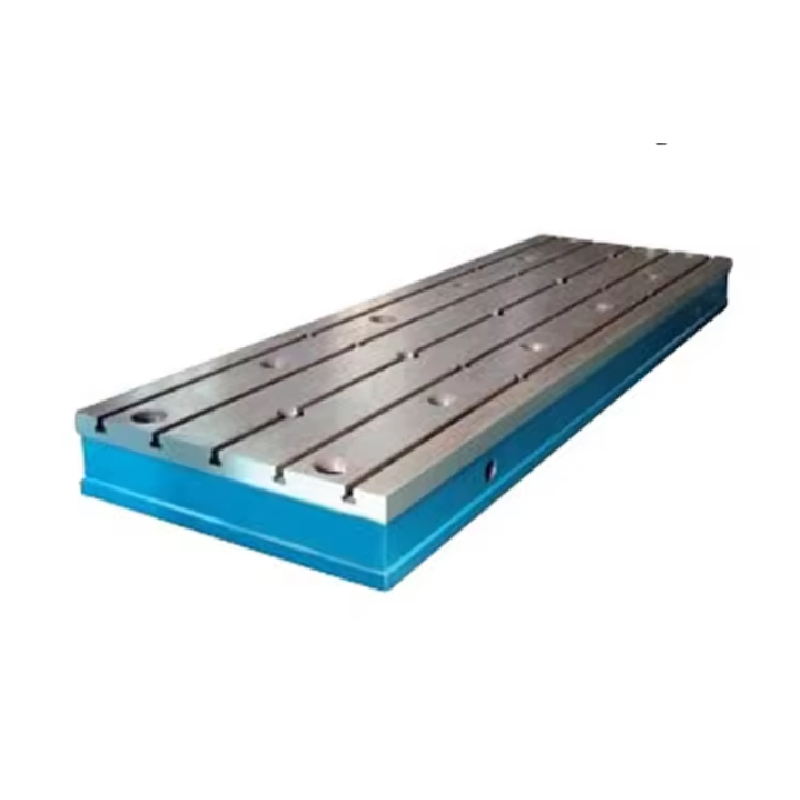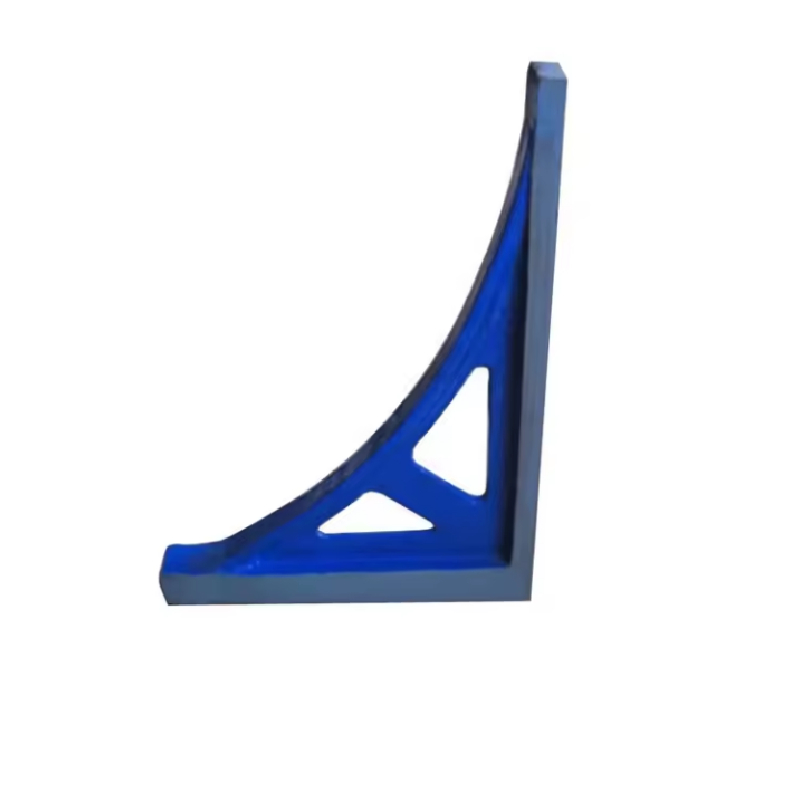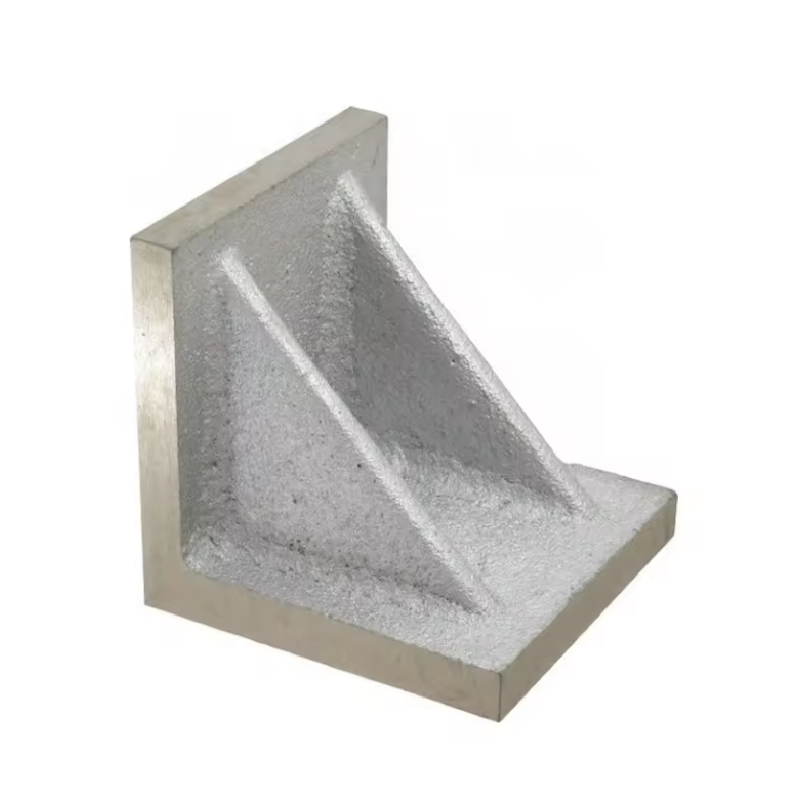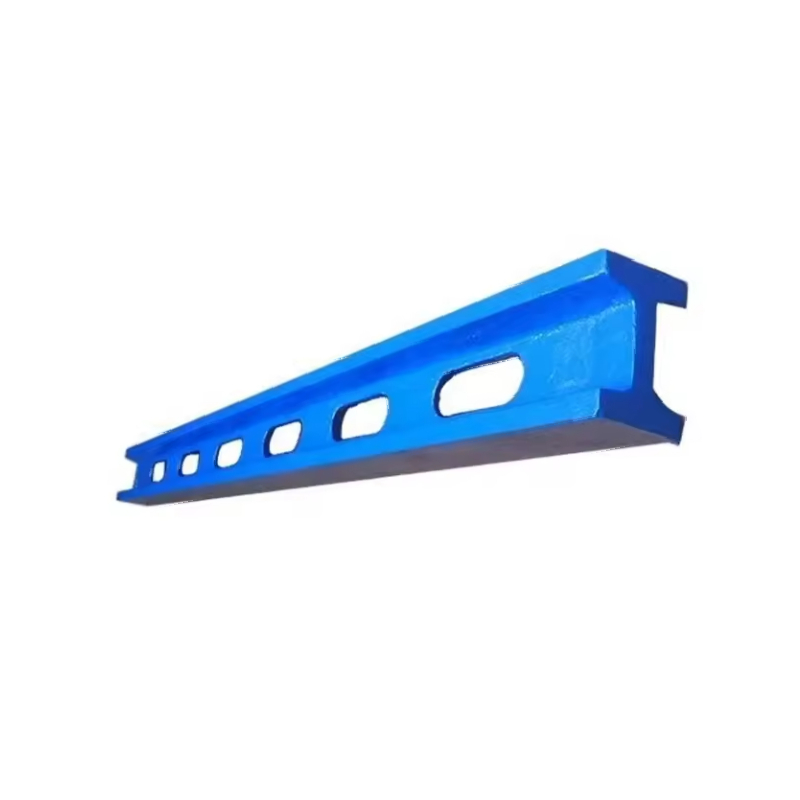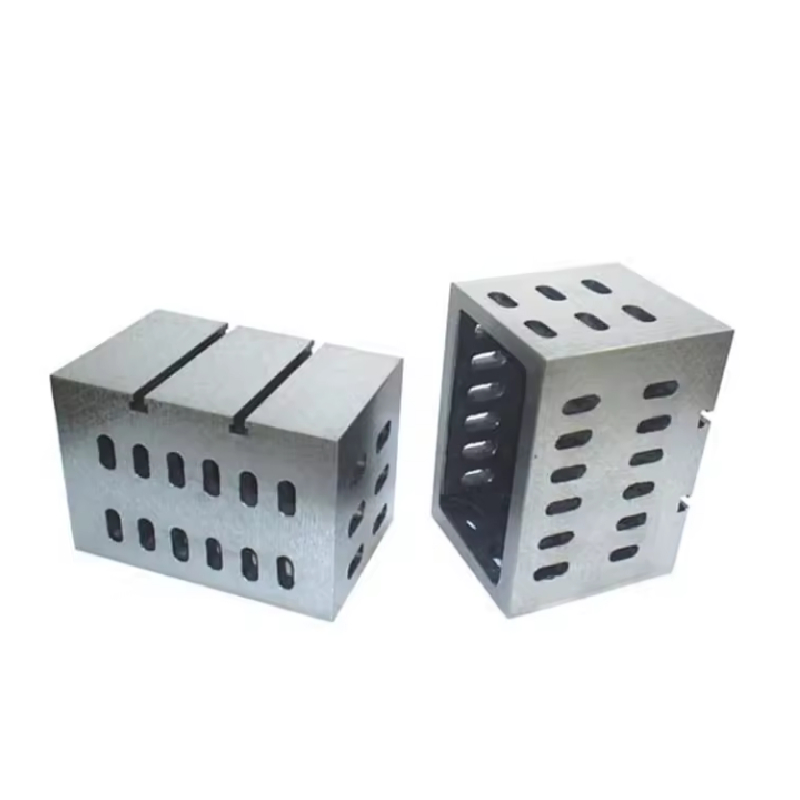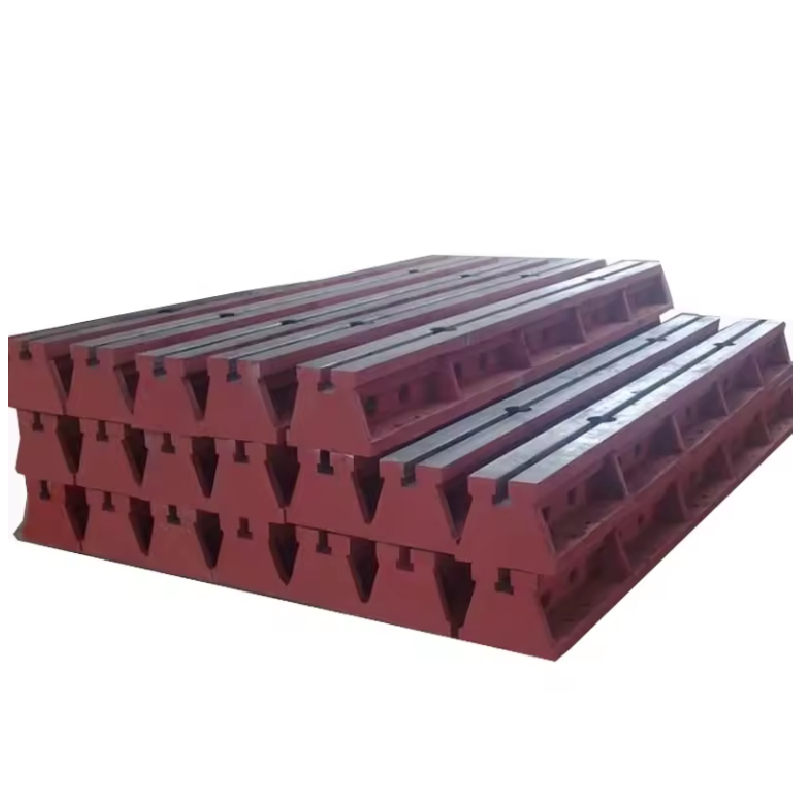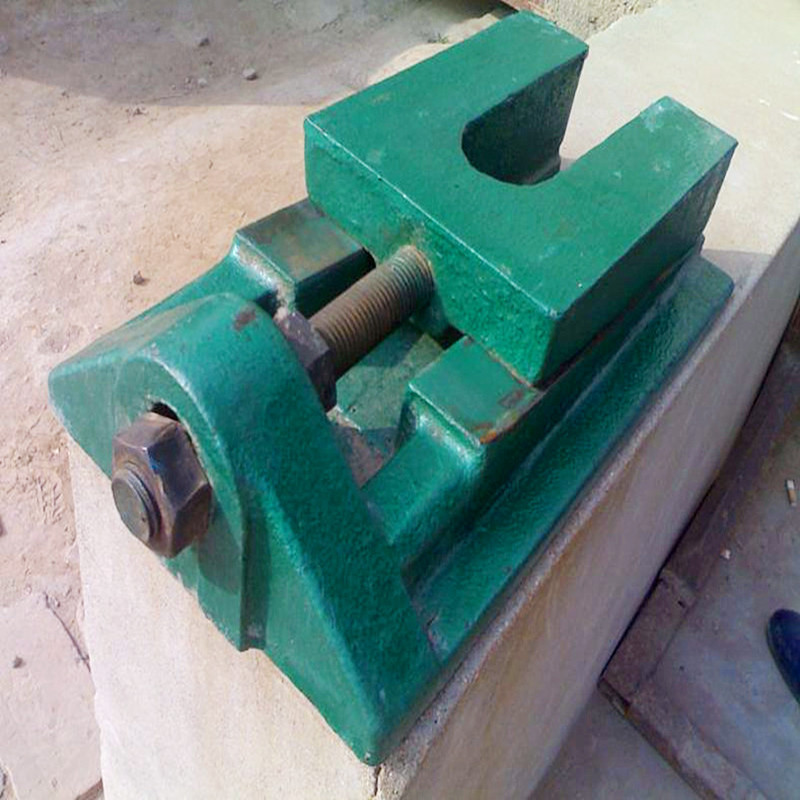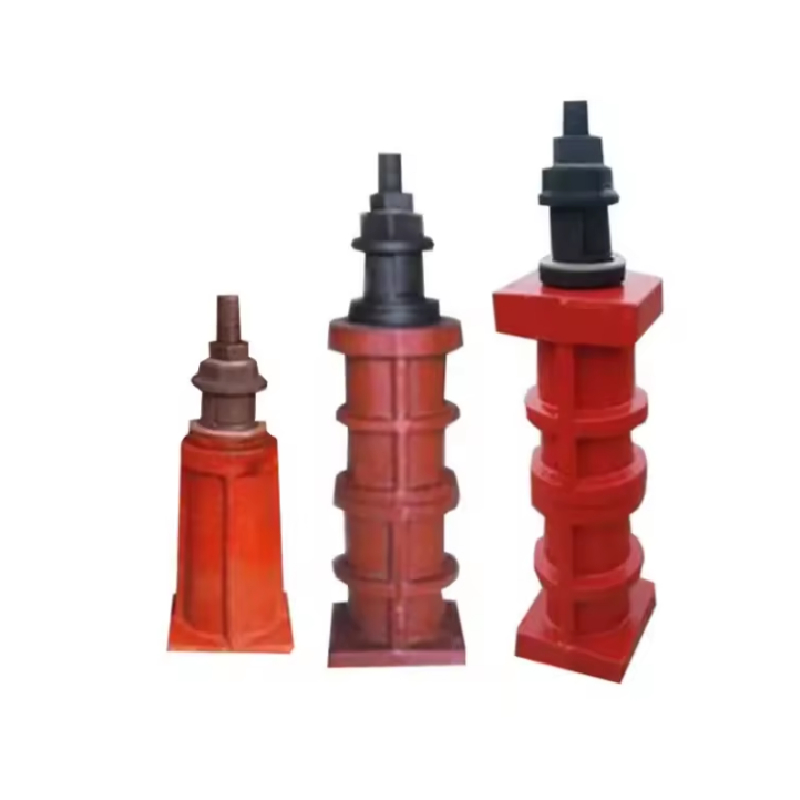Aug . 01, 2024 02:26 Back to list
Comprehensive Guide to Essential Tools for Welding Projects and Techniques for Success
The Importance of a Welding Table and its Tools
Welding is an essential process in various industries, from manufacturing to construction, and having the right equipment can significantly enhance the efficiency and quality of the work done. One of the most crucial components in any welding setup is the welding table. The welding table serves as a sturdy foundation for the workpieces, providing stability and precise positioning, which are vital for achieving high-quality welds. However, the effectiveness of a welding table is greatly augmented by the variety of tools associated with it.
The Welding Table A Solid Foundation
A welding table is typically made from heavy-duty materials, such as steel, to withstand the intense heat and potential sparks generated during the welding process. A well-designed welding table features a flat surface that ensures the workpieces are level, allowing for accurate measurements and welds. Many welding tables also come equipped with adjustable features, such as clamps and vises, which help secure the workpieces in place, preventing movement that could lead to misalignment during welding.
In addition to stability, a good welding table often has built-in features for convenience and organization. This can include storage for tools, a magnetic surface for easy attachment and manipulation of metal components, and holes or slots for mounting accessories. A well-organized table allows welders to work more efficiently, minimizing the time spent searching for tools or repositioning materials.
Essential Tools for Welding
Alongside the welding table, a variety of tools can enhance the welding process. Each tool has its unique purpose, contributing to the overall effectiveness of the welding operation.
1. Welding Helmet Safety should always be a priority in welding. A welding helmet provides crucial protection against the intense light, heat, and potential splatter generated during the welding process. Modern helmets often come with auto-darkening features that adjust the lens tint based on the brightness of the arc, providing convenience and safety.
welding table total tools

2. Welding Clamp These are essential for holding materials in place before and during the welding process. Various types of clamps ensure that workpieces do not shift, securing them firmly to the welding table.
3. Angle Grinder Often used for surface preparation, angle grinders help clean and smooth the edges of the metal before welding. This preparation is critical for achieving strong welds, as it eliminates contaminants that can weaken the bond.
4. Welding Rods and Filler Materials Different welding processes require specific rods or filler materials. Having a selection available on hand ensures that welders can choose the right one for the job, leading to better quality welds.
5. Measuring Tools Precision is key in welding, making measuring tools indispensable. Tape measures, squares, and calipers help ensure accurate cuts and alignments, reducing errors during the welding process.
6. Fire Extinguisher Safety equipment is often overlooked, but having a fire extinguisher nearby is crucial in case of an emergency. Welders should always prioritize creating a safe work environment.
Conclusion
In summary, a welding table is more than just a surface for working; it is an integral part of the welding process that, when paired with the appropriate tools, enhances the quality and efficiency of welding projects. Investing time and resources into setting up a well-equipped welding area can lead to significant improvements in work outcomes. Whether for industrial applications or home projects, a functional welding table and the right tools lay the groundwork for successful and safe welding practices.
-
Why Metric Trapezoidal Thread is Ideal for Precision Motion ControlNewsAug.05,2025
-
The Unique Properties of a Block of Granite for Industrial UseNewsAug.05,2025
-
The Role of Flanged Y Strainers in Preventing Pipeline ClogsNewsAug.05,2025
-
The Importance of Regular Calibration for Master Ring GagesNewsAug.05,2025
-
How a Cast Iron Surface Table Enhances Accuracy in ManufacturingNewsAug.05,2025
-
Comparing Different Check Valve Types for Optimal Flow ControlNewsAug.05,2025
Related PRODUCTS


